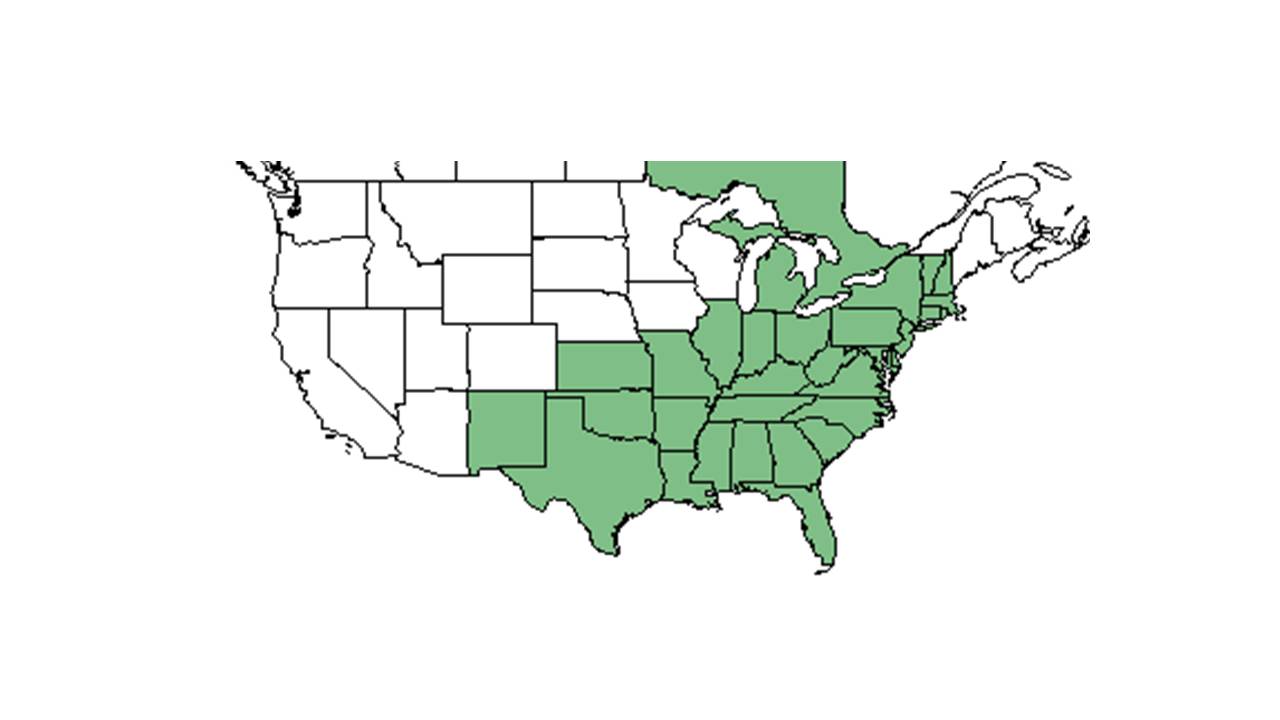Difference between revisions of "Galium pilosum"
(→Description) |
|||
| Line 24: | Line 24: | ||
==Ecology== | ==Ecology== | ||
===Habitat=== <!--Natural communities, human disturbed habitats, topography, hydrology, soils, light, fire regime requirements for removal of competition, etc.--> | ===Habitat=== <!--Natural communities, human disturbed habitats, topography, hydrology, soils, light, fire regime requirements for removal of competition, etc.--> | ||
| + | |||
| + | This species has been found in wet flatwoods, mixed hardwoods, longleaf pine-wiregrass savannas, coastal and cabbage palm hammocks, river floodplains, rich woodlands, grassy and shrubby thickets, coastal dunes, sandy ridges, and near ponds (FSU Herbarium). They are found to grow in partial shade and under open canopies of pinewoods in well drained moist sandy soils, drying loamy sands, limestone outcrops, or dry loamy sands during drought (FSU Herbarium). They also have been observed growing in areas disturbed by humans such as picnic areas, along roadsides, in powerline corridors, along trails, on sand pine plantations,in borrow pits, on bulldozed areas, and in "battered" limestone glades (FSU Herbarium). | ||
| + | |||
===Phenology=== <!--Timing off flowering, fruiting, seed dispersal, and environmental triggers. Cite PanFlora website if appropriate: http://www.gilnelson.com/PanFlora/ --> | ===Phenology=== <!--Timing off flowering, fruiting, seed dispersal, and environmental triggers. Cite PanFlora website if appropriate: http://www.gilnelson.com/PanFlora/ --> | ||
===Seed dispersal=== | ===Seed dispersal=== | ||
Revision as of 10:42, 13 July 2015
| Galium pilosum | |
|---|---|

| |
| Scientific classification | |
| Kingdom: | Plantae |
| Division: | Magnoliophyta - Flowering plants |
| Class: | Magnoliopsida – Dicotyledons |
| Order: | Rubiales |
| Family: | Rubiaceae |
| Genus: | Galium |
| Species: | G. pilosum |
| Binomial name | |
| Galium pilosum Aiton | |

| |
| Natural range of Galium pilosum from USDA NRCS Plants Database. | |
Contents
Description
Common Name: hairy bedstraw
Distribution
Ecology
Habitat
This species has been found in wet flatwoods, mixed hardwoods, longleaf pine-wiregrass savannas, coastal and cabbage palm hammocks, river floodplains, rich woodlands, grassy and shrubby thickets, coastal dunes, sandy ridges, and near ponds (FSU Herbarium). They are found to grow in partial shade and under open canopies of pinewoods in well drained moist sandy soils, drying loamy sands, limestone outcrops, or dry loamy sands during drought (FSU Herbarium). They also have been observed growing in areas disturbed by humans such as picnic areas, along roadsides, in powerline corridors, along trails, on sand pine plantations,in borrow pits, on bulldozed areas, and in "battered" limestone glades (FSU Herbarium).